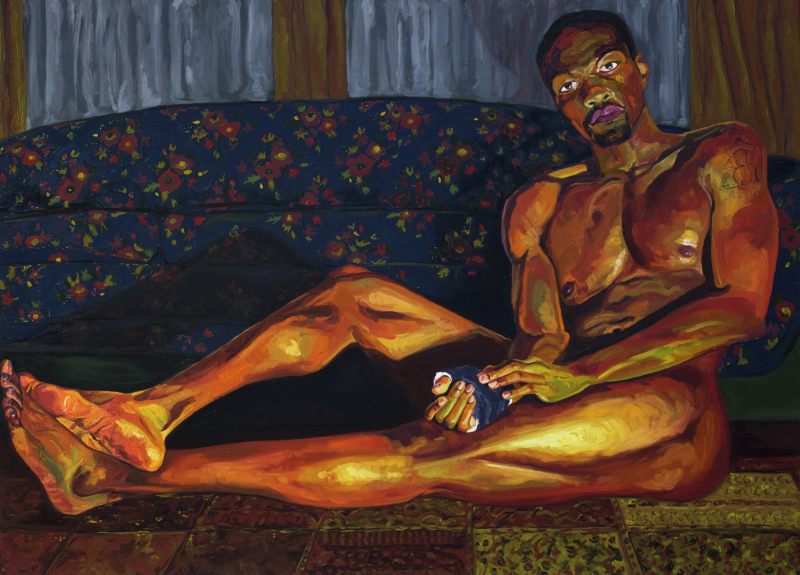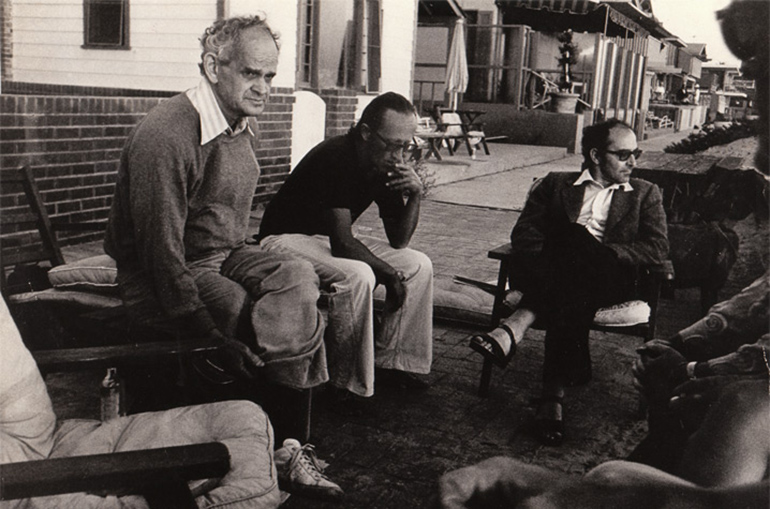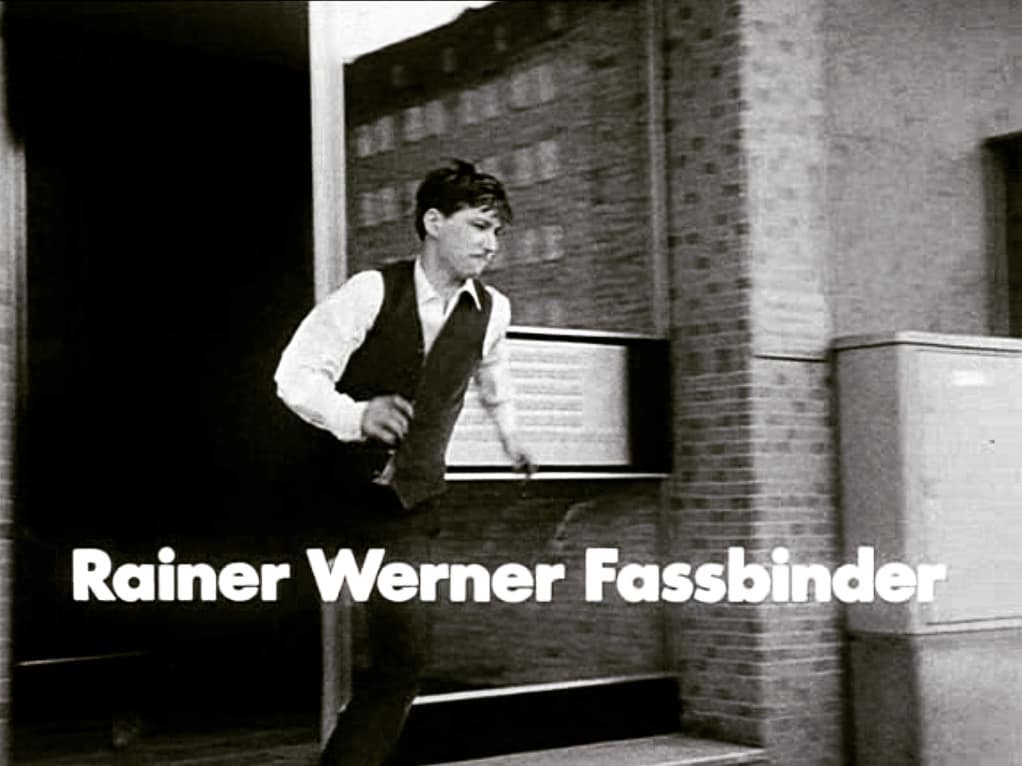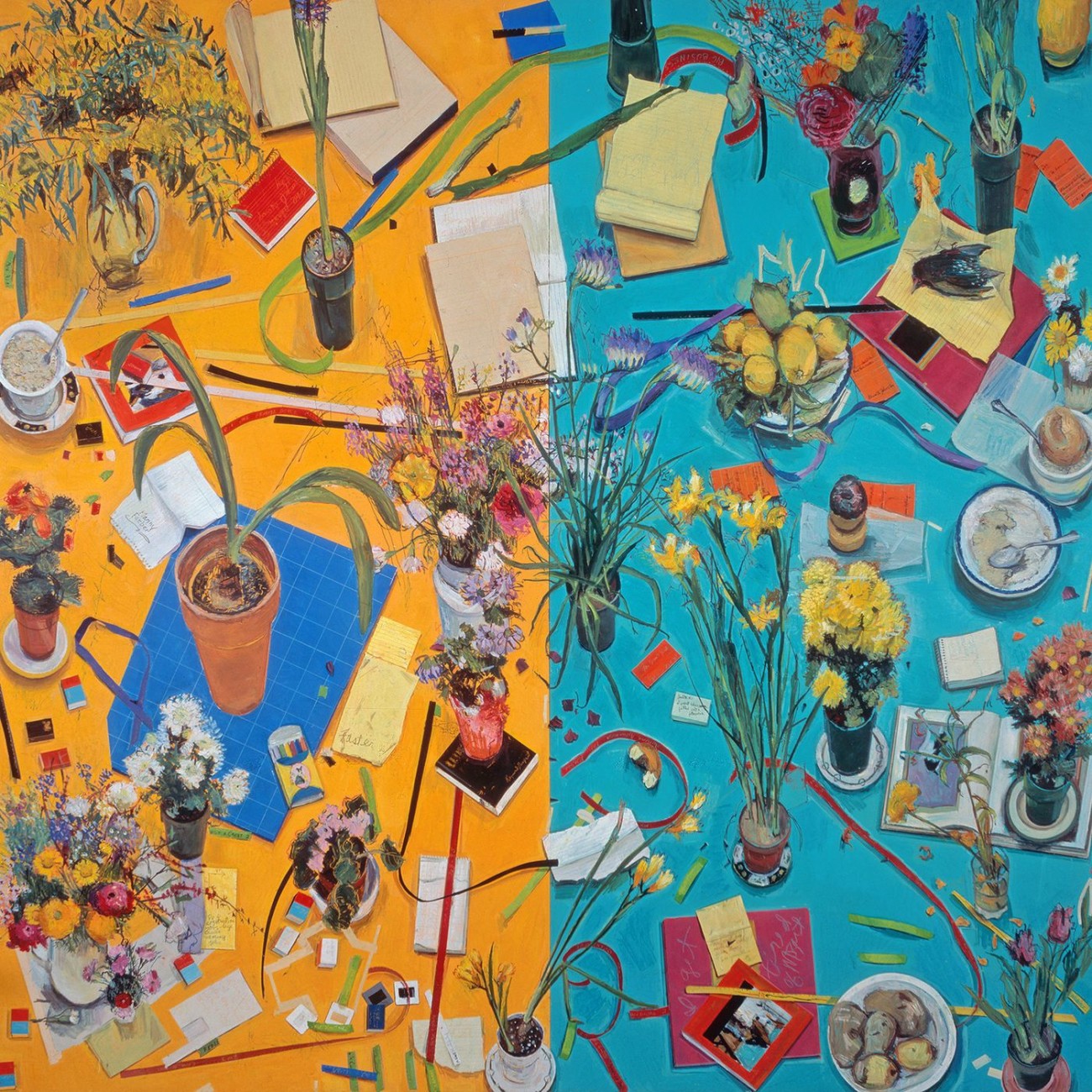Jordan Casteel—two of whose paintings are part of ONE DAY AT A TIME at MOCA—will discuss the exhibition at the museum during a public tour this weekend.
And Casteel’s museum show RETURNING THE GAZE will open in Denver next month.

JORDAN CASTEEL ON ONE DAY AT A TIME—MANNY FARBER AND TERMITE ART
Sunday, January 20, at 3 pm.
MOCA Grand Avenue
250 South Grand Avenue, downtown Los Angeles.

JORDAN CASTEEL—RETURNING THE GAZE
February 2 through August 18.
Denver Art Museum
100 West 14th Avenue Parkway, Denver.

From top: Jordan Casteel, Yahya, 2014, oil on canvas, collection of Jim and Julie Taylor, image courtesy Sargent’s Daughters, New York.; Jordan Casteel, Memorial, 2017, oil on canvas, Museum of Contemporary Art, Los Angeles, image courtesy the artist and MOCA; Jordan Casteel, Benyam, 2018, oil on canvas, Komal Shah & Gaurav Garg Collection, image courtesy the artist and Casey Kaplan, New York; Jordan Casteel, Glass Man Michael, 2016, oil on canvas, collection of John L. Thomson, Minneapolis, image courtesy the artist and MOCA. All images © Jordan Casteel.












